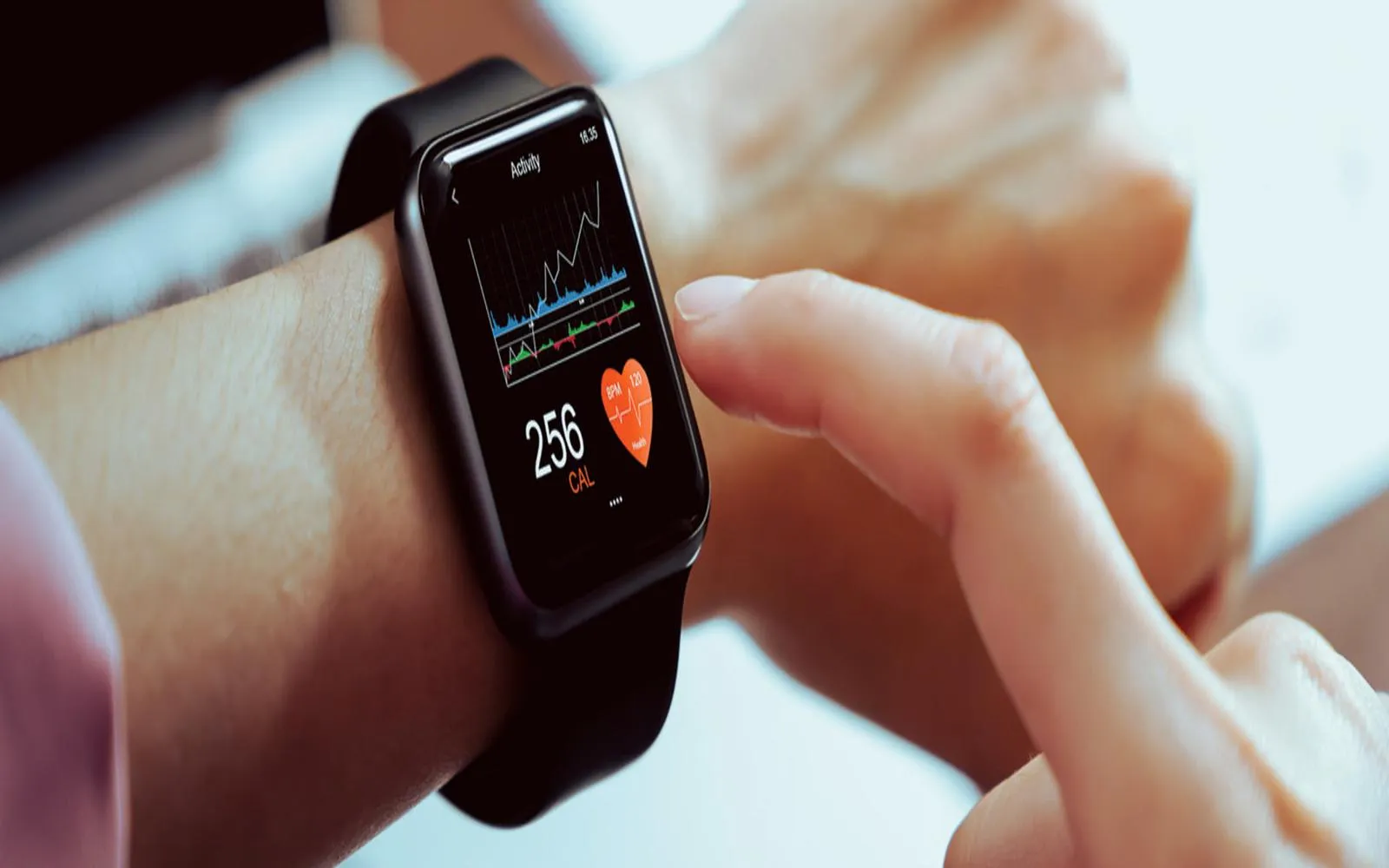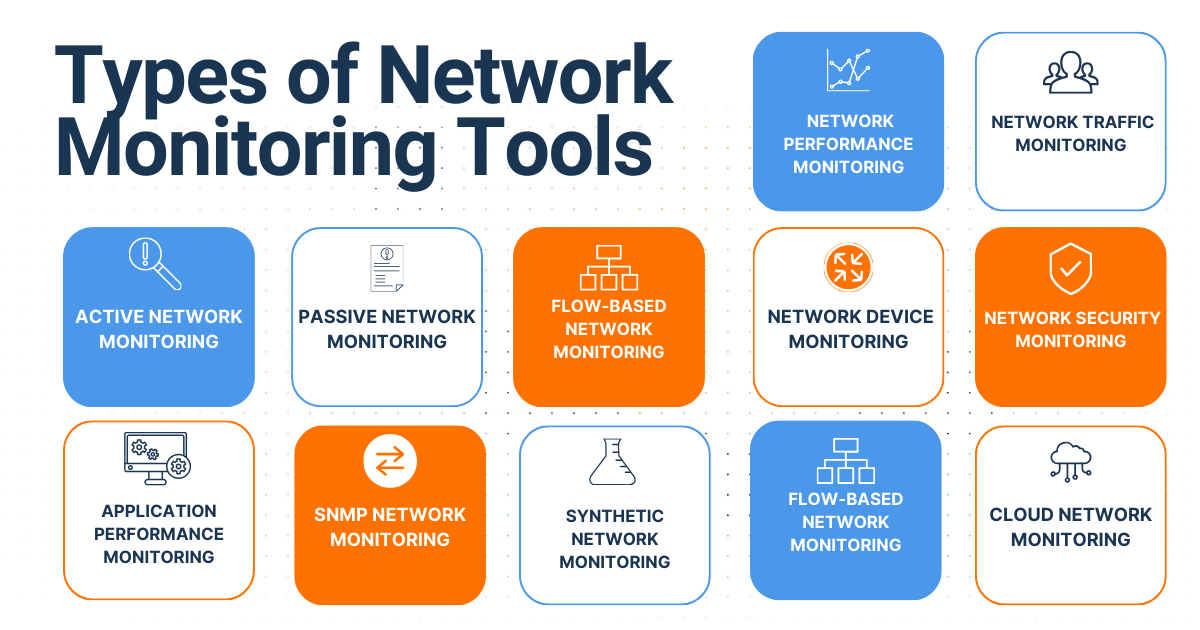
Why Health Monitoring Devices Matter
Health monitoring devices provide real-time data on vital signs and activity levels, helping detect health issues early and encouraging healthier habits. For those with chronic conditions, these devices assist in managing treatment and avoiding complications. The convenience of wearable tech and smart health tools makes maintaining health easier than ever.
The Top 10 Health Monitoring Devices for 2025
| Device | Primary Use | Key Features | Estimated Price (US) |
|---|---|---|---|
| 1. Smartwatch with ECG | Heart health monitoring | ECG, heart rate, activity tracking | $250 - $500 |
| 2. Continuous Glucose Monitor | Diabetes management | Real-time glucose tracking, alerts | $150 - $400 monthly |
| 3. Blood Pressure Monitor | Hypertension tracking | Wireless, app-connected, irregular heartbeat detection | $60 - $150 |
| 4. Pulse Oximeter | Blood oxygen saturation | Portable, fingertip sensor | $30 - $70 |
| 5. Sleep Tracker | Sleep quality and patterns | Movement, heart rate, breathing monitoring | $100 - $250 |
| 6. Smart Thermometer | Temperature monitoring | Instant readings, app integration | $20 - $60 |
| 7. Fitness Tracker | Activity and calorie tracking | Step count, GPS, multi-sport modes | $50 - $200 |
| 8. Portable ECG Monitor | Detailed heart monitoring | Clinically accurate, real-time reporting | $100 - $300 |
| 9. Smart Scale | Body composition analysis | Weight, BMI, fat %, muscle mass | $50 - $150 |
| 10. Personal Alert Device | Emergency assistance for seniors | Fall detection, GPS tracking, 24/7 monitoring | $30 - $50 monthly |
How These Devices Enhance Your Health Routine
Real-Time Data and Alerts
Devices like smartwatches with ECG and continuous glucose monitors provide instant feedback and alerts, enabling quick action to prevent emergencies.
Integration with Apps and Health Platforms
Many devices sync with smartphones or cloud services, allowing users and healthcare providers to track progress, analyze trends, and adjust care plans effectively.
Encouragement of Healthy Habits
Fitness trackers and sleep monitors motivate users to increase activity, improve sleep hygiene, and maintain balanced lifestyles through personalized insights.
Choosing the Right Health Monitoring Device for You
- Identify Your Health Needs: Consider your medical history, lifestyle, and wellness goals.
- Check Device Accuracy: Look for FDA-approved or clinically validated products.
- Ease of Use: Opt for devices with user-friendly interfaces and clear instructions.
- Connectivity: Ensure compatibility with your smartphone or health apps.
- Battery Life: Longer battery life reduces hassle and ensures continuous monitoring.
Chart: Popularity Growth of Health Monitoring Devices (2019-2025)
| Year | Wearables (%) | Home Monitoring Devices (%) | Mobile Health Apps (%) |
|---|---|---|---|
| 2019 | 30 | 20 | 40 |
| 2020 | 35 | 25 | 45 |
| 2021 | 40 | 30 | 50 |
| 2022 | 45 | 35 | 55 |
| 2023 | 50 | 40 | 60 |
| 2024 | 55 | 45 | 65 |
| 2025* | 60 | 50 | 70 |
*Projected based on current trends
Maintaining Your Health Monitoring Devices
- Regular Calibration: Ensure device accuracy with periodic calibration or software updates.
- Cleanliness: Keep sensors and device surfaces clean to maintain functionality.
- Proper Storage: Store devices safely to avoid damage.
- Follow Manufacturer Guidelines: Adhere to usage and maintenance instructions for optimal performance.
Conclusion: Empower Your Health with the Right Devices in 2025
In 2025, health monitoring devices are invaluable for anyone serious about proactive health management. From tracking vital signs to encouraging active lifestyles, these top 10 devices offer tools to support wellness and peace of mind. Invest wisely in devices that fit your needs, and harness the power of technology to lead a healthier life.



